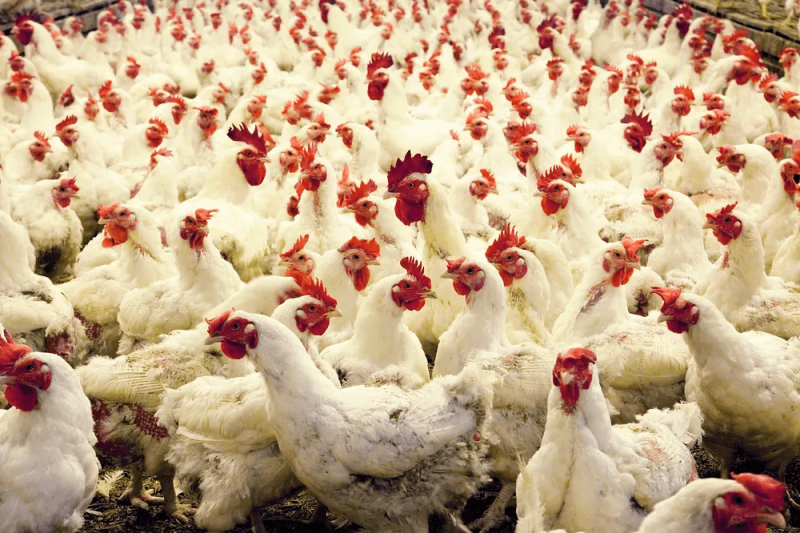Recently, a group of scientists announced a breakthrough approach to combat Highly Pathogenic Avian Influenza (bird flu or avian flu), a severe illness of birds that has killed millions of chickens worldwide since it emerged in 1996 and continues to devastate bird populations. This disease has quickly become a potential threat to human health and has affected both food prices and availability.
Their approach uses a gene-editing technique called CRISPR/Cas9. In general, this method changes defined segments of an animal’s genetic code to functionally alter what that code does. In this case, CRISPR was used to alter chickens’ genetic code to make chickens more resistant to avian flu.
This combination of genetic variability and the wide variety of birds and mammals that can be infected with avian flu will make it very difficult to predict the outcome of using CRISPR to increase the resistance of chickens to infection with avian flu. There is a real chance for unintended or unpredictable consequences.
For example, as soon as the virus has trouble infecting CRISPR-modified chickens, it will change and adapt. While most changes won’t help the virus survive, there might be one among the billions of changes that will. Such a mutation could lead to a more deadly outbreak of avian flu in chickens, which could be catastrophic for this segment of our food supply.































